Prelude (episode 000)
LET KNOWLEDGE GROW FROM MORE TO MORE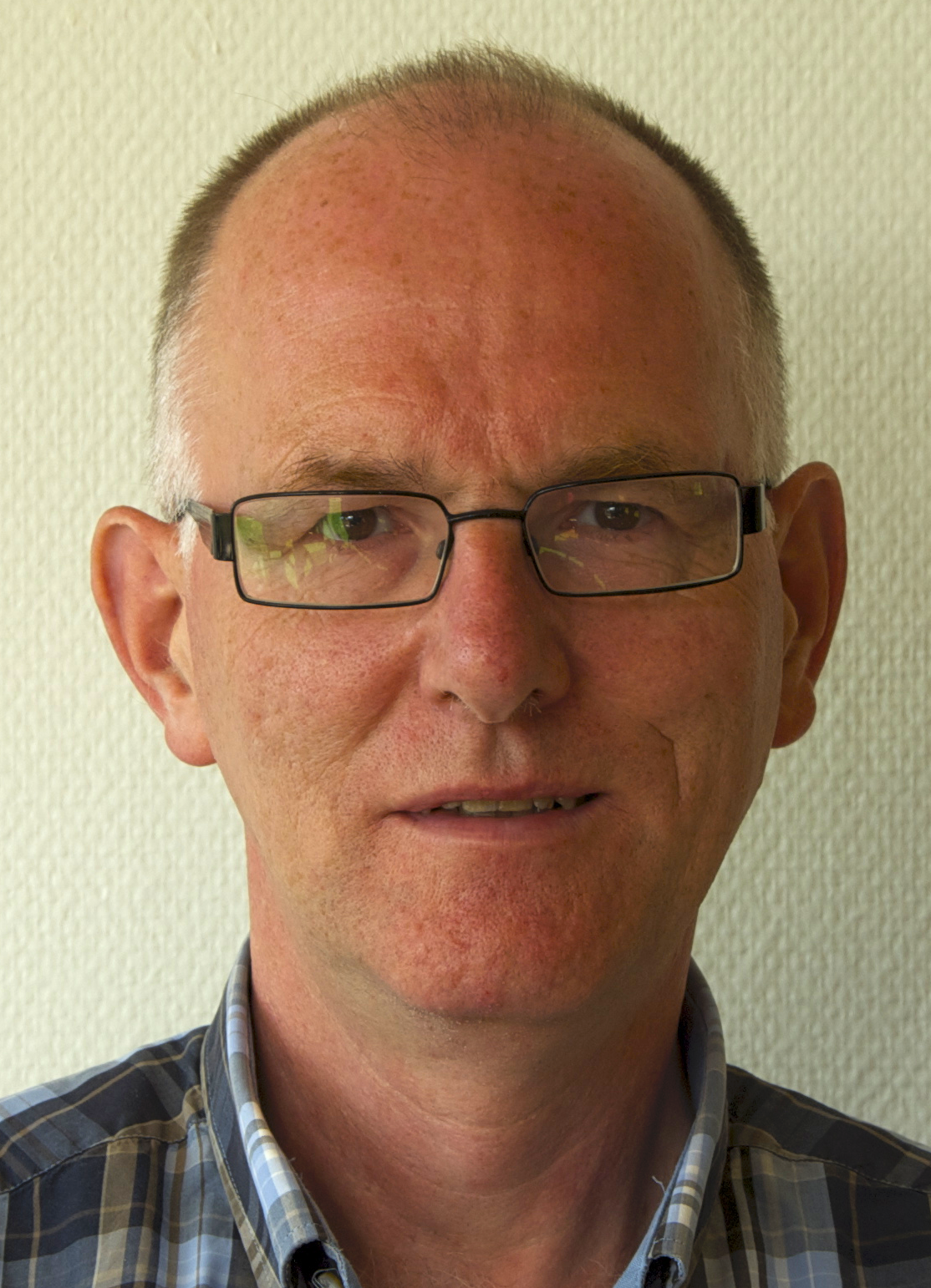
Yes, I am going to start a contextual blog in which I hope to share a lot of interesting material I stumble upon when preparing my lessons and doing research.
I think it can be a nice way to share: you get easy access to relevant sources with a minimum of effort.
Episode 001 will be about a conference I attended last summer in Utrecht. Topics can vary of course. Feel free to make suggestions, and I'll see what I can do.

Nearly all my adventures start in my study (at the left) where real reference works and real books are to be found :-).
By the way, the motto of my website (see top left corner), the lines from a poem by Tennyson, was also used by the editors of the 30 volume Encyclopaedia Britannica, which you can see in the picture. The same goes for the logo of the Britannica: the Scottish Thistle.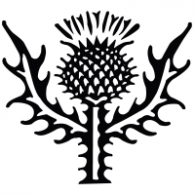
(Why would that be, do you think?)
The concept of the Britannica has inspired me in my approach to contextual studies.
The idea behind the Britannica is, that "knowledge can grow from more to more" by acquiring concepts, learn about them, connecting them and in that way construct a personal knowledge framework or knowledge base. The first volume of the Encyclopaedia Britannica is called Propaedia, in which you can find a topical organization of its contents. Read about it in this PDF.
There are ten domains of knowledge, ranging from Matter and Energy to The History of Mankind and one domain focusing on Branches of Knowledge
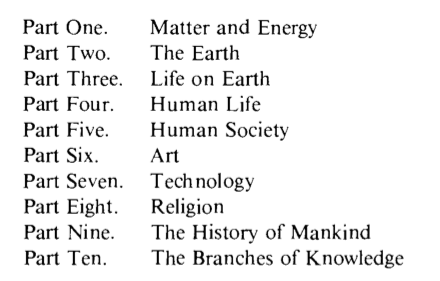
These ten parts or domains can be positioned in a circle: a circle can, of course, be rotated. If one wishes to give an accent on one domain it can be positioned at the top of the circle:
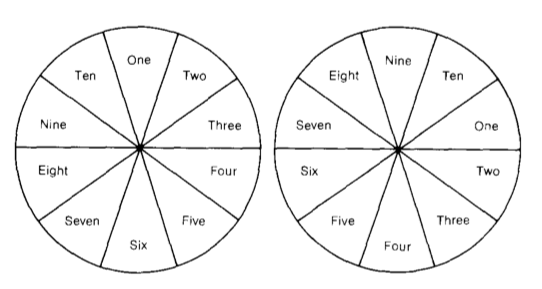
Another posibility is to place one domain in the centre of the circle, and the other 9 as segments of the circle formed by lines radiating from the centre, while the possibility of rotation remains the same: five in the centre, three at the top; three in the centre, seven at the top:
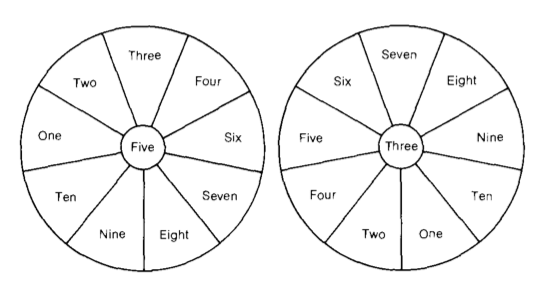
A last example is the use of a circle consisting of domain ten in the centre and the nine others as segments. In this way many different arrangements and different perspectives can be created, to suit the need of learning of the moment.
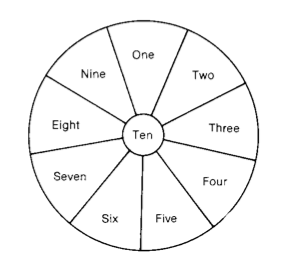
In a similar way we can approach the knowledge domains of music... :-)